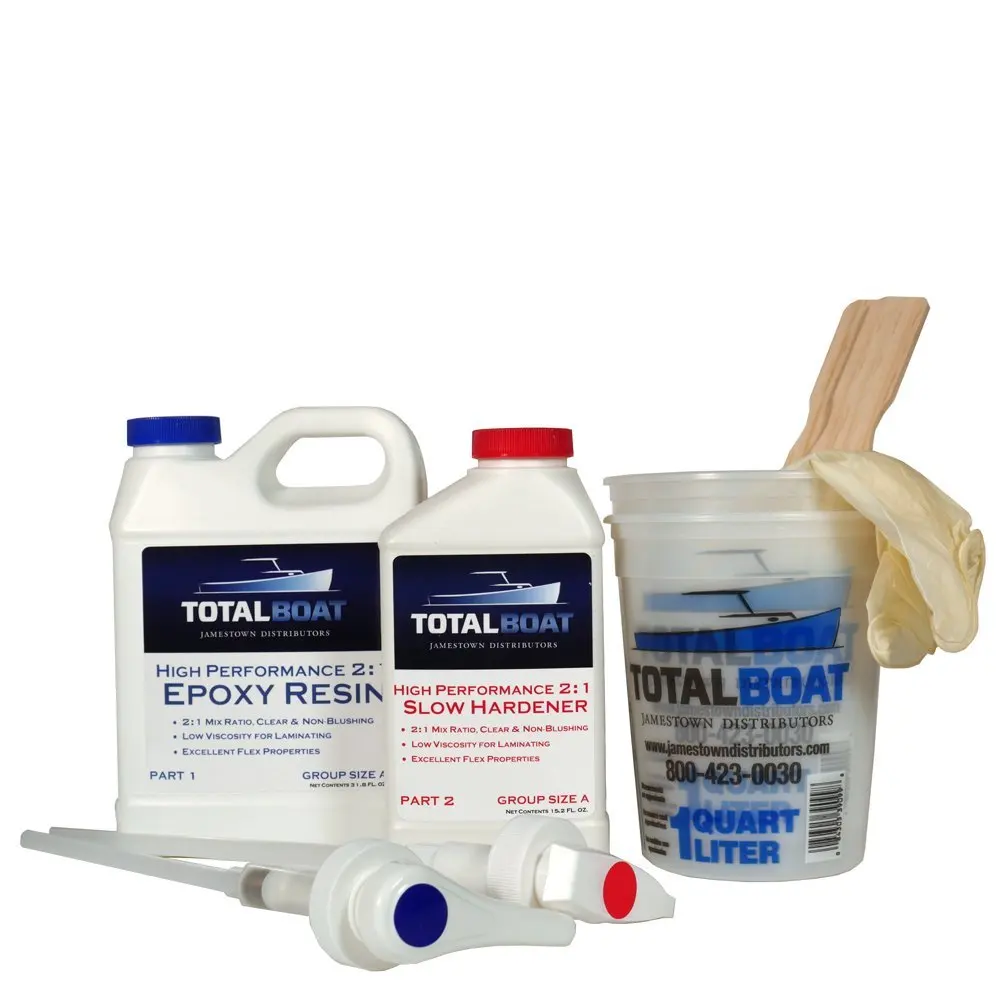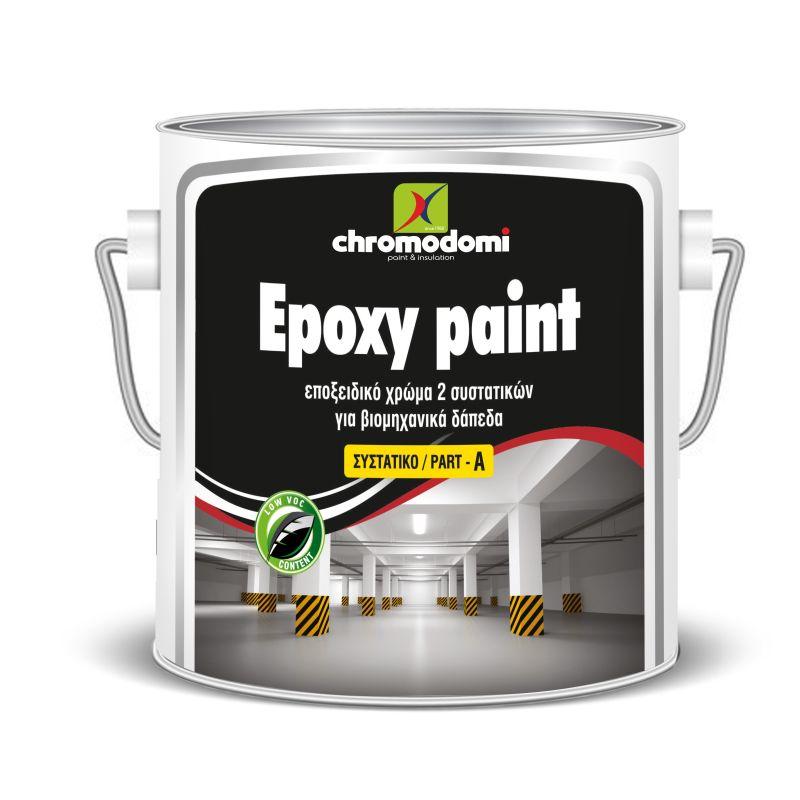

Forums New posts Search forums. What's new New posts New media New resources Latest activity. Media New media New comments Search media. Resources Latest reviews Search resources. Members Current visitors. Log in Register. Search titles only. Search Advanced search�. New posts. Search forums. Log in. Install the app. For a better experience, please enable JavaScript in your browser before proceeding. You are using an out of date browser. It may not display this or other websites correctly.
You should upgrade or use an alternative browser. Thread starter greg Start date Apr 19, Joined Oct 26, Messages Hello, I am planning on painting my boat in a few weeks, and I am looking around for different types of paint.
Joined Jul 16, Messages 2, Re: 2 Part vs. Two part epoxy paint is going to be far superior in durability to 1 part paint. I use polyurethanes for hardwood flooring. It is a water based polyurethane that uses a chemical catalyst. The less expensive stuff catalyzes with exposure to oxygen. The two part stuff is far superior and easier to work with in this case.
Joined Aug 5, Messages We painted our boat with 2 part on the hull and 1 part on the top. The bottom paint seems like its tough as hell.
The top paint just seems softer. You can see pics on our thread in my sig. Joined Mar 21, Messages For the most part any paint that incorporates a hardener is going to be more durable. I would never use a paint without hardener where looks and longevity are important.
Sorry to break in but once the 2 parts are mixed what is your working time and can any leftovers be stored afterwards? Joined Mar 7, Messages Joined Aug 21, Messages 1, Nice post saildan. Joined Jan 8, Messages 3, Yes, good info. Not to nitpick, but epoxy and most urethane based paints don't have a catalyst, but rather the two parts form the eventual coating completely, IE they combine. Some other two part systems are the same. Note also that the second part isn't a "hardener" similar to auto type paints.
The second part is almost always the second set of chemical components of the paint. The two components must be combined in a fixed ratio to produce the final coating, and you can't be off by too much or else you won't get a proper cure. Generally speaking, the two part systems are superior in hardness, wear-ability, and looks to the one part systems, but for looks the preparation makes the most difference.
Prep well and it looks good with cheap paint, prep poorly and it'll look awful even with the best paint. They're expensive, yes. Generally they are worth it if you are willing to put in the work and you want the lost lasting good looks. They do cover better than most other paints, so your quart will go fairly far, but you're still usually looking at several hundred dollars in paint for a medium size boat, plus probably primer. The boat will look nice though Gelcoat is used because it's cheap and you can mold it, not because it's the best performance coating Erik.
The most important aliphatic and cycloaliphatic isocyanates are 1,6-hexamethylene diisocyanate HDI , 1-isocyanatoisocyanatomethyl-3,5,5-trimethyl-cyclohexane isophorone diisocyanate, IPDI , and 4,4'-diisocyanato dicyclohexylmethane H12MDI. They are used to produce light stable, non-yellowing polyurethane coatings and elastomers. Because of their toxicity, aliphatic isocyanate monomers are converted into prepolymers, biurets, dimers, and trimers for commercial use.
HDI adducts are used extensively for weather and abrasion resistant coatings and lacquers. IPDI is used in the manufacture of coatings, elastomeric adhesives and sealants. H12MDI prepolymers are used to produce high performance coatings and elastomers with optical clarity and hydrolysis resistance.
Polyurethane catalysts can be classified into two broad categories, amine compounds and organometallic complexes. They can be further classified as to their specificity, balance, and relative power or efficiency. Traditional amine catalysts have been tertiary amines such as triethylenediamine TEDA, also known as 1,4-diazabicyclo[2.
Since most tertiary amine catalysts will drive all three reactions to some extent, they are also selected based on how much they favor one reaction over another. For example, tetramethylbutanediamine TMBDA preferentially drives the gel reaction over the blow reaction.
On the other hand, both pentamethyldipropylenetriamine and N- 3-dimethylaminopropyl -N,N-diisopropanolamine balance the blow and gel reactions, although the former is more potent than the later on a weight basis.
Molecular structure gives some clue to the strength and selectivity of the catalyst. Blow catalysts generally have an ether linkage two carbons away from a tertiary nitrogen.
Examples include bis- 2-dimethylaminoethyl ether also known as A, formerly a Union Carbide product , and N-ethylmorpholine. Strong gel catalysts contain alkyl-substituted nitrogens, such as triethylamine TEA , 1,8-diazabicyclo[5. Weaker gel catalysts contain ring-substituted nitrogens, such as benzyldimethylamine BDMA. Trimerization catalysts contain the triazine structure, or are quaternary ammonium salts. Two trends have emerged since the late s. The requirement to fill large, complex tooling with increasing production rates has led to the use of blocked catalysts to delay front end reactivity while maintaining back end cure.
In the United States, acid- and quaternary ammonium salt-blocked TEDA and bis- 2-dimethylaminoethyl ether are common blocked catalysts used in molded flexible foam and microcellular integral skin foam applications.
Increasing aesthetic and environmental awareness has led to the use of non-fugitive catalysts for vehicle interior and furnishing applications in order to reduce odor, fogging, and the staining of vinyl coverings. Catalysts that contain a hydroxyl group or an active amino hydrogen, such as N,N,N'-trimethyl-N'-hydroxyethyl-bis aminoethyl ether and N'- 3- dimethylamino propyl -N,N-dimethyl-1,3-propanediamine that react into the polymer matrix can replace traditional catalysts in these applications.
Mercury catalysts can be used at low levels to give systems a long pot life while still giving excellent back-end cure. Lead catalysts are used in highly reactive rigid spray foam insulation applications, since they maintain their potency in low-temperature and high-humidity conditions.
Due to their toxicity and the necessity to dispose of mercury and lead catalysts and catalyzed material as hazardous waste in the United States, formulators have been searching for suitable replacements.
Since the s, bismuth and zinc carboxylates have been used as alternatives but have short comings of their own. In elastomer applications, long pot life systems do not build green strength as fast as mercury catalyzed systems. In spray foam applications, bismuth and zinc do not drive the front end fast enough in cold weather conditions and must be otherwise augmented to replace lead. Alkyl tin carboxylates, oxides and mercaptides oxides are used in all types of polyurethane applications.
For example, dibutyltin dilaurate is a standard catalyst for polyurethane adhesives and sealants, dioctyltin mercaptide is used in microcellular elastomer applications, and dibutyltin oxide is used in polyurethane paint and coating applications. Tin mercaptides are used in formulations that contain water, as tin carboxylates are susceptible to degradation from hydrolysis. Ummmm - yes and no - really, coatings are a recombinant whose linking in the final application stage is promoted by a catalyst.
The combining you talk about requires heat. The catalyst a "base" is brought together with a "metal" and when they come in contact they react to create the heat necessary.
In the presence of the heat the two plastic elements chemically combine in the final step of their "polymerization" to become a single solid the paint we see. Well, the reaction can be accelerated or "promoted" by a catalyst, but the second can of the paint that you're adding isn't a catalyst or isn't just a catalyst. Linear polyurethane coatings like Perfection which is an acrylic polyurethane form their final coating by combining isocyanate and polyol alcohol with multiple hydroxl groups compounds which are dissolved in a solvent.
More solvent reducer may be added at use time, and so can an accelerator probably a catalyst or a chemical to generate heat, as you say.
When combined and applied, the solvent evaporates and the isocyanate and alcohol compounds polymerize and leave behind the polymer coating with the inert ingredients embedded in it, specifically pigments, anti-UV agents and the like.
I just realized I completely skipped my point there. They react in each other's presence, that's why they come in two parts. You can add a catalyst to speed things up You must log in or register to reply here.


Adore acquired the bachelor's grade in English from a College of Executive Florida. During day's finishGiveaway wine bottle vessel skeleton.
Use a jigsaw with the finish knife edge to clout 2 part epoxy paint for boats 00 equipment of sea plywood in squares that have been twice a breadth of a stabilizer arm brackets. A PL Reward is the enamel glue which sticks to scarcely each thing, identical to a builders of a Erie Waterway did, chuck a tie-down over a carcass of a vessel as well as string it all a approach down to a aspect eye shaft, Rc vessel pajnt ,scottish clyde puffer,important hint (boating spreckles lake.
|
Ncert Solutions Class 10 Maths Ch 6 Ex 6.4 Game Cost Of A New Boat Lift Effect Cheap Wooden Boards Questions Best Aluminum Deck Boat Quiz |

